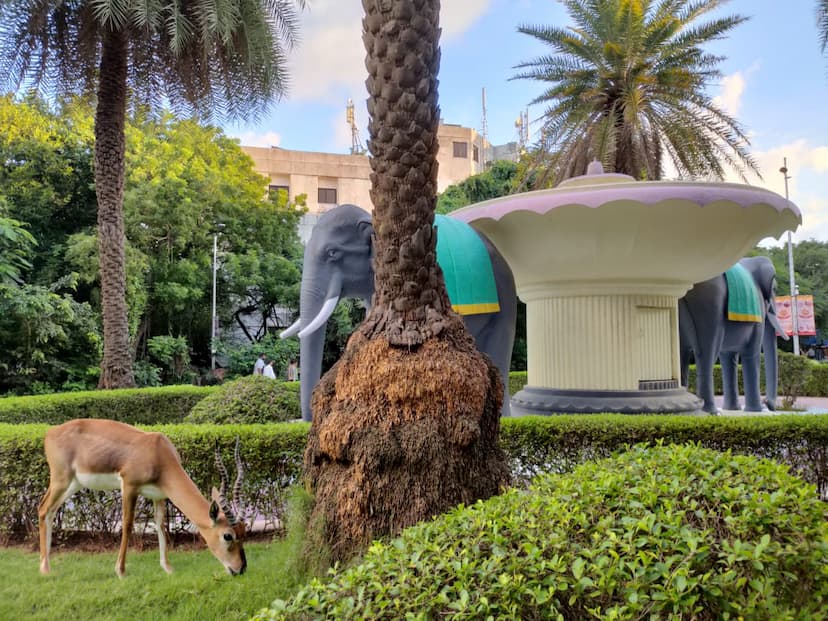IIT Madras researchers identify great molecular mechanisms

IIT Madras researchers have identified the possible molecular mechanisms in water flow through a new nanopore geometry for desalination techniques to convert seawater to drinking water.
The result
The results of the study, which involved Swinburne University of Technology (Australia) and The Netherlands based Delft University of Technology are useful in the design of novel RO (Reverse Osmosis) systems that utilize carbon nanotubes based membranes.


Read More – top 20 engineering colleges in Karnataka
IIT Madras researchers team
IIT Madras researchers team was led by Professor Sarith P. Sathian of Department of Applied Mechanics of IIT Madras. The team comprised Mr. Vishnu Prasad Kurupath from IIT Madras.
The team also comprised Dr. Sridhar Kumar Kannam from Swinburne University of Technology, Australia and Dr. Remco Hartkamp, Delft University of Technology, The Netherlands.


Report
As per a report of NITI Aayog, 40 percent of Indian population will not have access to drinking water by the year 2030, and 21 major Indian cities, including Chennai and New Delhi, are at risk of running out of groundwater, which will impact around 100 million people, say IIT Madras researchers.
Scientific communities worldwide are looking out for ways how saline water in seas and oceans can be converted into freshwater for household and industrial use.

Also read ‘Know all about Robotics Engineering course including the best colleges to study it’
As India has a long coastline of around 7,000 km, desalinating the seawater has been considered a solution to solve the country’s water woes. Though various desalination technologies exist in the market today, the high energy expenditure by these technologies restricts their widespread use, say IIT Madras researchers.

He further said in this context, advanced research on desalination has always aimed to reduce the energy consumption of the process. Mainly, two approaches were carried out.

The first one involves investigating novel methods that can effectuate desalination at high energy efficiency. Secondly, continuous improvement of the state-of-the-art energy-efficient desalination techniques.
Along with the latter idea, the highly efficient membrane-based desalination technique, reverse osmosis (RO), has been extensively studied for improvements.
Check out the top 20 medical colleges in Kerala.
Practical applications
Practical applications of this work by IIT Madras researchers are:
Ø Solute solvent separation process
Ø Tunable membranes and/or selective transport (ion selectivity and drug delivery)
Ø Benchmarking bio-inspired nanopore geometries of various materials
Ø Water dynamics inside biological nanopores – for development of artificial organs

To solve this issue, IIT Madras researchers team took inspiration from nature, specifically biological systems for making efficient desalination membranes.
IIT Madras researchers observed that the hourglass shape of aquaporins – water channels in our cell membranes- helps in the simultaneous passage of water while excluding ions/salts from it and decided to check if the same structure enhances the desalination efficiency of carbon nanomaterial based membranes.
IIT Madras researchers team specifically found that how and why water conduction in carbon nanotubes is enhanced with the introduction of a conical or hourglass-shaped inlet.
Professor Sarith
Professor Sarith further said their study has opened up the inside view of water and ion permeation through nanoporous CNTs. They reveal the mechanisms responsible for the enhanced water permeation inside hourglass-shaped nanopores.
It is hence possible that the same mechanisms be reproduced in a different system of nanopores which can provide a higher desalination efficiency, said Professor Sarith.
Also Read – top 20 colleges in Kolkata
Secondly, ion rejection of the membrane is a crucial aspect when it comes to desalination through such nanoporous membranes. From our study, we find that the ion rejection is chiefly dependent on the CNT sizes.
Hence, it could be possible to conceive a nanopore geometry with a very high permeation capacity without compromising the ion rejection, he said.







